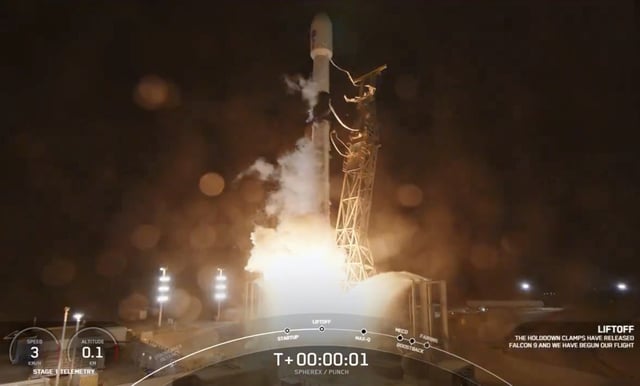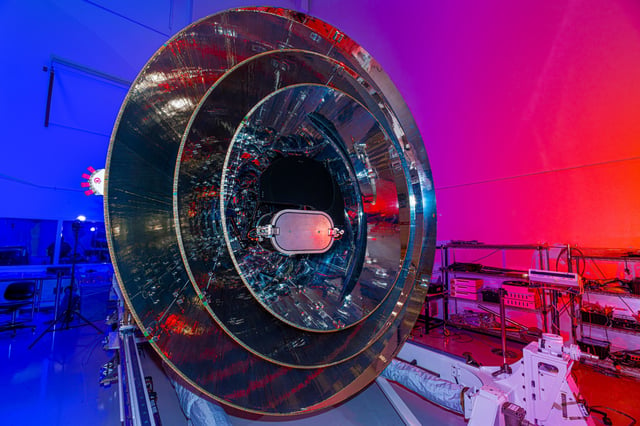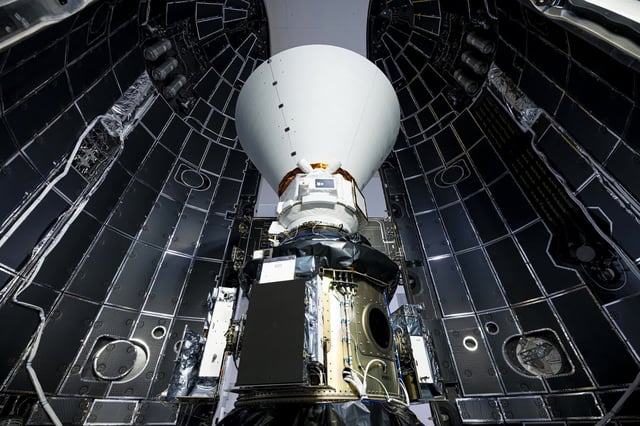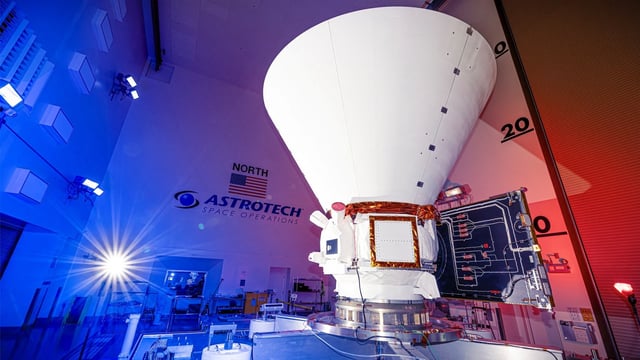Overview
- SPHEREx will create a detailed 3D infrared map of the sky, surveying 450 million galaxies and 100 million stars in the Milky Way over its two-year mission.
- The telescope will explore the origins of the universe, galaxy formation, and the presence of water and organic molecules in interstellar clouds.
- PUNCH, a constellation of four small satellites, will study the Sun's corona and solar wind, improving understanding of space weather and its effects on Earth.
- Both missions launched aboard a SpaceX Falcon 9 rocket from Vandenberg Space Force Base and successfully established communication post-launch.
- The missions leverage innovative designs and rideshare efficiencies, with SPHEREx using a unique cryogenic telescope and PUNCH employing 3D imaging to map solar phenomena.



